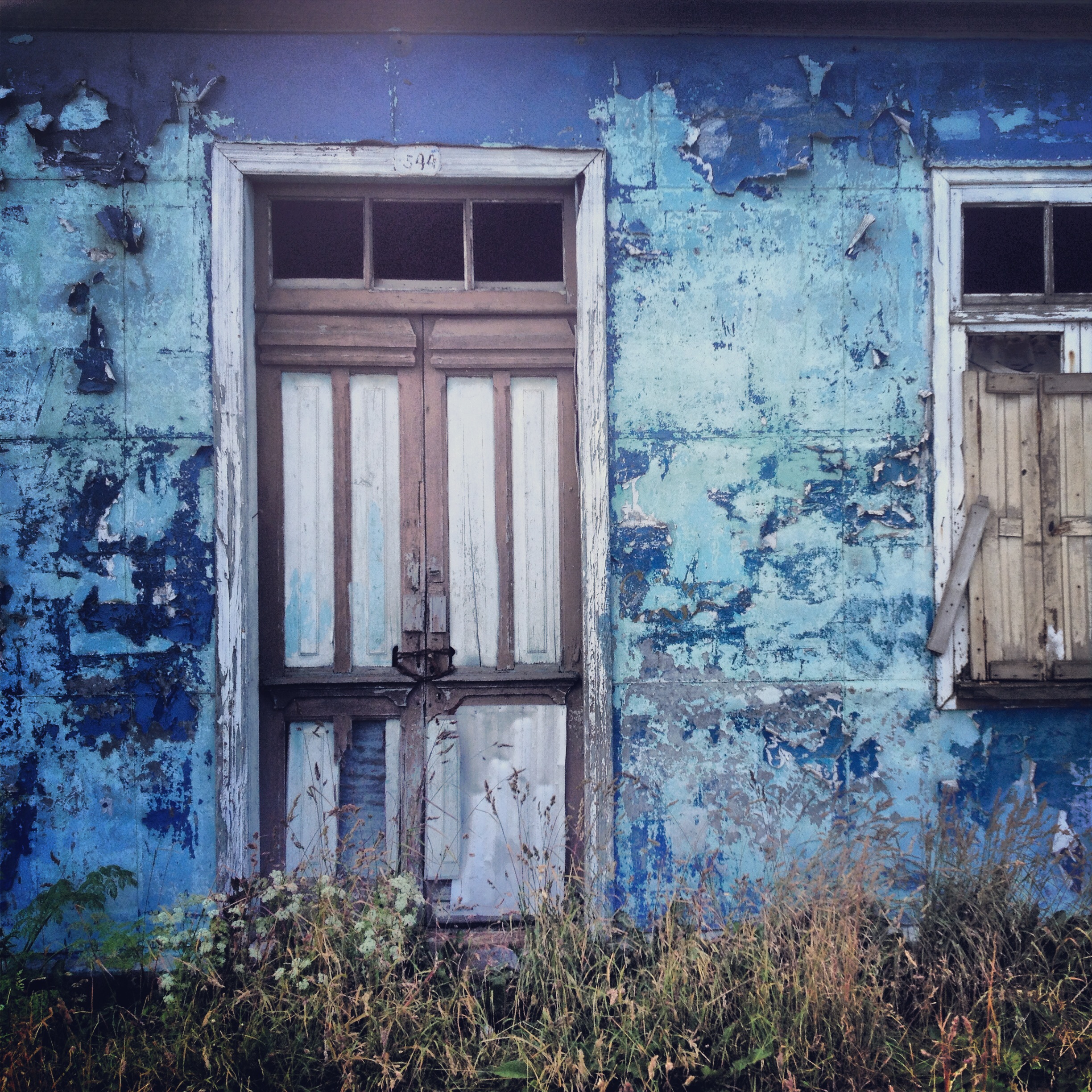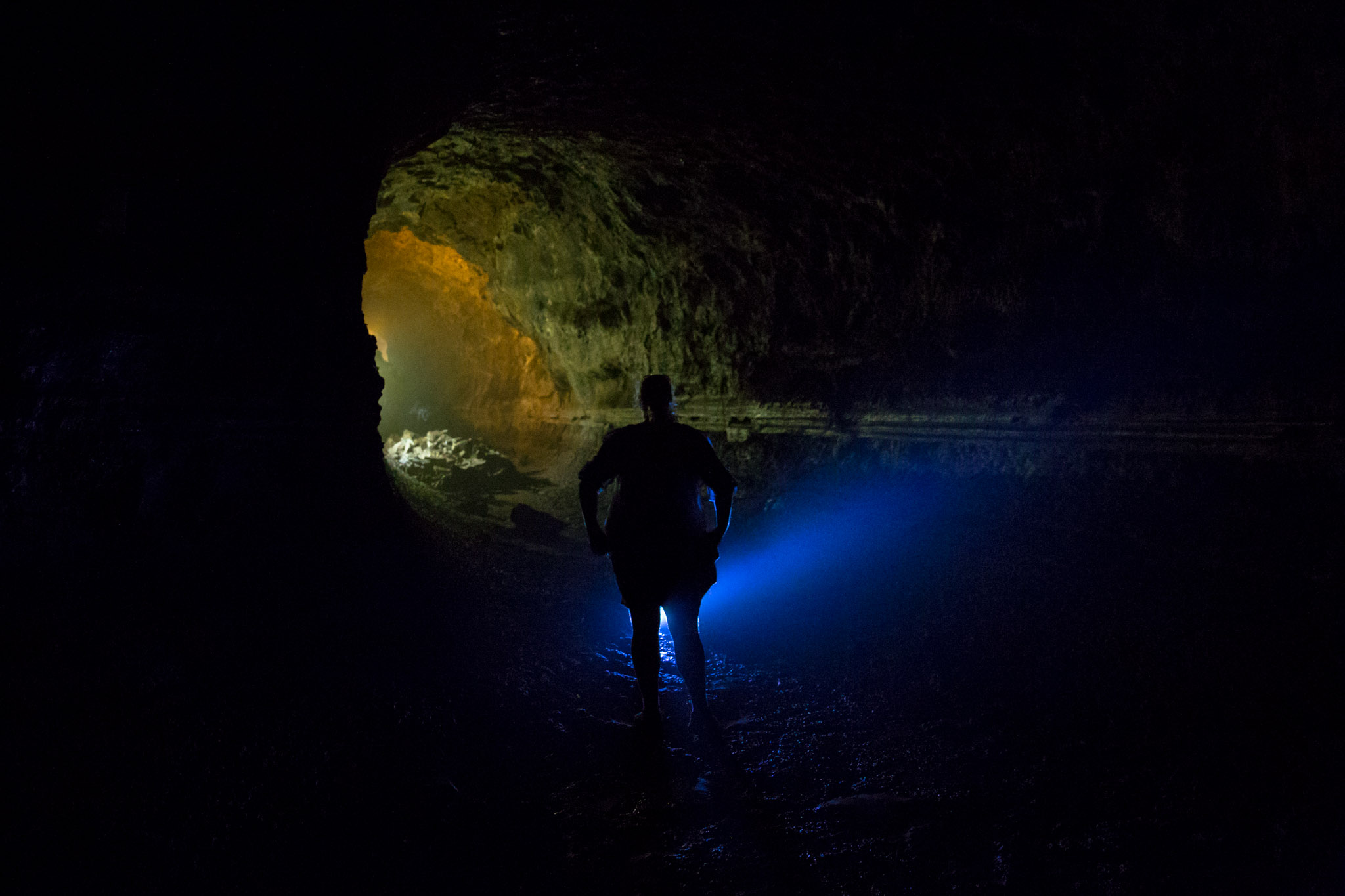Travel Photography - Equipment
This article is intended to be of assistance to people embarking on a long travelling trip and looking for advice on camera equipment. I'm not suggesting to copy what we've done however I hope the commentary on the pros and cons of what we have chosen to take with us will be of assistance.
Bison on Antelope Island, Utah, United States
We are using two primary cameras for our travel photography. The Canon 6D and the iPhone 4S. Each has it's advantages under certain circumstances and both have been receiving a strong workout during the last several months of travel. We left home late September 2013 so keep in mind there's probably newer gadgets out by the time you read this.
Canon 6D
I upgraded from a Canon 400D a couple of months prior to leaving on our trip with travel photography in mind. The 6D appealed due to it's inclusion of a GPS, allowing for geotagging of photos as well as generating GPS logs of our travels. The much more modern and larger sensor also behaved significantly better in low light situations, creating acceptable image quality up to ISO128000, a huge improvement over the questionable quality obtained from the 400D at ISO1600.
Before leaving I also purchased 2 additional batteries which has proved more than adequate. We recently completed a 9 day hike through Torres del Paine where the camera was used extensively each day, was recording a GPS track at 5 minute intervals during the day (turned off at night to both save power and stop recording the boring sections) and also to flick through the photos already taken to show people what they could expect to see. This completely drained one battery, finally failing sometime while we were on the bus ride home.
The Canon 6D has proved resilient. It has braved cold weather without significant degradation of battery life (also holding it by the handhold helps keep the battery warm). It has survived rain covering the top surface while shooting from a zodiac at Cape Horn. It has endured 100+km/hr winds with horizontal slushy ice hiking the John Gardner Pass in Torres del Paine. It has been covered in salt while I lay in the salt flats of Salar de Uyuni with no apparent long term effects (thoroughly wiped cleaned afterwards though). It has almost swum in the humidity of the Bolivian Amazon. And finally has survived the knocks and bruises that accompany anything you take with you while traveling, even if it's kept by your side at all times and treated as my baby.
The GPS has proved useful and, in most situations, setting it to record the location log every 5 minutes is more than adequate. I've even been decimating data points from the logs as they still grow too big for some applications to handle. At this frequency the battery life has been more than sufficient between power points.
The low light capabilities of the 6D allow it to show nebulae detail in a single exposure.
The high-iso capability of the camera has discouraged me from using a tripod. There are certain situations where a tripod would be very useful; silky waterfall photos, star trail night shots etc. I have made do with rocks and a gorilla pod in these cases. Depending on where you fall between making your trip about travel while taking photos or about photography requiring travel to get there will determine if you bring a tripod regardless. The camera merely means that in low light situations you can usually get away either without a flash unit (no inbuilt flash on the 6D) or with a handheld photo at one of the higher ISO settings. Or, when all else fails, a convenient rock.
Along with skipping out on a tripod I have limited myself to two lenses for the purpose of minimising weight and space requirements. These were determined by their quality (this is a once in a life time trip after all) and their portability (if it's too big I'm more likely to leave it behind on a quick expedition). The feature missing from my collection is the ability to shoot macro. If I was choosing again I would swap out the 24-70 f/2.8 for something that can do similar but with a macro focus range.
It's worth noting I have recently had some issues with the menu control buttons which seem humidity related. Some water has probably worked its way in. Storing with the camera bag open in a low humidity environment has sorted it out so far.
Canon 24-70L f/2.8
This lens has been my primary go-to during my travels. It has a good quality polariser which is almost always on the lens to double as protection for the lens itself (no UV filter). At times when I'm not directly using the polarisers abilities it is needlessly reducing the light available to the camera but again, the high ISO capabilities are such that during the day I don't feel the pinch.
Machu Picchu, Peru
This lens has performed well. Sharp images with excellent colour and contrast. As mentioned before if it could focus at a macro range I would be entirely happy with it. My previous (cheaper) lens was a Sigma 17-70 with macro on a cropped 400D sensor so perhaps I was simply spoiled early on in my photography life.
Canon 70-300 f4.5-5.6 DO
I didn't understand the purpose of this lens until I looked at it with a travellers eye. The price is similar to lenses that receive better optics and build quality ratings on photozone (seriously an awesome website when deciding what lens you should buy). The advantage comes in the 'DO', Diffractive Optics and the reason the lens warrants a distinctive green ring. This technology allows the 300mm zoom to take up as much space as the 24-70L. I can store my camera with either lens attached with equal ease in my camera bag.
Madidi Jungle, Bolivia
The other lens in consideration was the 70-200L f/4 IS. By comparison the 70-300 has poorer image contrast, older image stabilisation, a much smaller footprint so it fits in your bag easily and, importantly, an extra 100mm of reach. The difference between 200mm and 300mm on a full frame sensor justifies itself when trying to shoot wildlife. Of course I've often wished for more...
Crumpler 5 Million Dollar Home
The Crumpler camera bag I have taken with me has endured the same abuse as the Canon 6D and acquitted itself just as well. I've made sure to leave some moisture absorbing packs at the bottom to help dry everything out after some of the more humid / wet adventures. The bag itself holds the 6D with a lens attached and the other lens comfortably. It has room for a spare battery and as many SD cards as you can poke a stick at. It doesn't appear to interfere with the GPS reception. A nice touch is the ability to silence the velcro closure while trying to take photos of wildlife in the jungle and make the velcro nice and loud while walking through cities of questionable safety.
There are probably equally capable or better bags out there but this has served me well either walking through the markets in Bolivia or trekking with a backpack through Patagonia.
iPhone 4S
I had to hand back my work iPhone 4 when departing to travel and decided to get the iPhone 4S. It has the same charge plug as my iPad which was also coming for the ride, was available cheaply off eBay given the iPhone 5 had been out for a while and the 5S was due imminently when we were leaving. Importantly, the camera was sufficiently better then the iPhone 4 to warrant the additional cost. Camera aside, a smartphone has been invaluable on our travels. It has been used for email, maps, travel guides, ebooks, games, translation etc.
Punta Arenas, Chile. The photo was run through a filter on Instagram.
As a camera it is able to fill a few niches where it performs better than the Canon 6D. Firstly, it's much smaller. Walking through crowded markets with a giant SLR strapped to your hip draws attention. We've not had any unfortunate incidents yet and hopefully we won't but even if you aren't concerned about theft in crowded areas often by the time you draw the camera, take off the lens cap, point and(y) shoot, the moment has passed or you're spotted and the candid nature of the photo is ruined. The 4S is kept with me even when I don't take my big camera, it has additional features such as a GPS map that keep it handy all the time. There's a lot of truth to the saying 'the best camera is the one you have with you'.
Additionally, the iPhone 4S (and most new smartphones) can shoot HDR, high dynamic range. This is useful for all those times you find yourself posing in front of a bright glacier and don't want to choose between seeing your face or seeing the glacier. This can be done on the 6D but I've found it much easier with the iPhone. The iPhone 4S and onwards can also shoot panoramic photos with ease. These are high quality and easily made without requiring any post processing on a computer later. Very handy.
Finally, the iPhone runs apps such as Photosynth which allows you to create a 360 degree scrollable image and TimeLapse which allows you to create videos with the action sped up. Both very neat in certain locations.
The iPhone also geo-tags photos if it's not in airplane mode. Handy, but I tend to be in battery conservation mode when on a hike so it doesn't tag those.
I also invested in a Mophie battery pack for the iPhone to enhance it's endurance. I quickly got used to the additional bulk of the case and have grown very fond of the additional power available to the iPhone. In airplane mode the phone can last as a camera and offline reference guide for 5 day hikes without needing recharging.
In South America I have been able to backup the iPhone photos over wifi using Dropbox without much pain. This uploads the full resolution photos and videos to your Dropbox account.
Photo Editing
I had originally hoped to get by with carrying just an iPad, uploading using the Camera Connection Kit and editing/blogging etc from there. This wasn't practical when I started however Adobe has just release Lightroom for the iPad so perhaps look into that meeting your requirements. I also looked at buying a netbook but they are surprisingly hard to find these days. We ended up bringing a 13" MacBook Air with us. It has added to my carry-on bulk but was an unfortunate necessity for what I wanted to do. Lightroom has been invaluable and I don't regret bringing the computer for the ride. A netbook could do the job but would be less pleasant due to the small screen. The laptop has seen a lot of ancillary use during our holiday and has been worth the extra bulk.
Conclusion
I am happy with the current kit we have for our travels. If choosing again I would ensure one of the two lenses I have was macro capable, probably swapping out the 24-70 for one of the high quality Sigma lenses.
I have not felt overburdened with the DSLR or laptop while travelling through South America. We have stayed at hostels and camped (in Uruguay, Argentina and Chile). We have tended to avoid large cities as our interest is in hiking and landscapes. If I don't feel comfortable with a flashy camera (i.e. at night in a less than safe country or in a particularly busy location with pickpocket warnings etc) the DSLR stays locked away somewhere (look up PacSafe and get a combination lock) and the iPhone comes for the ride flying solo. Maybe I miss a good shot but I OK with that if it keeps us out of conflict.























































































































